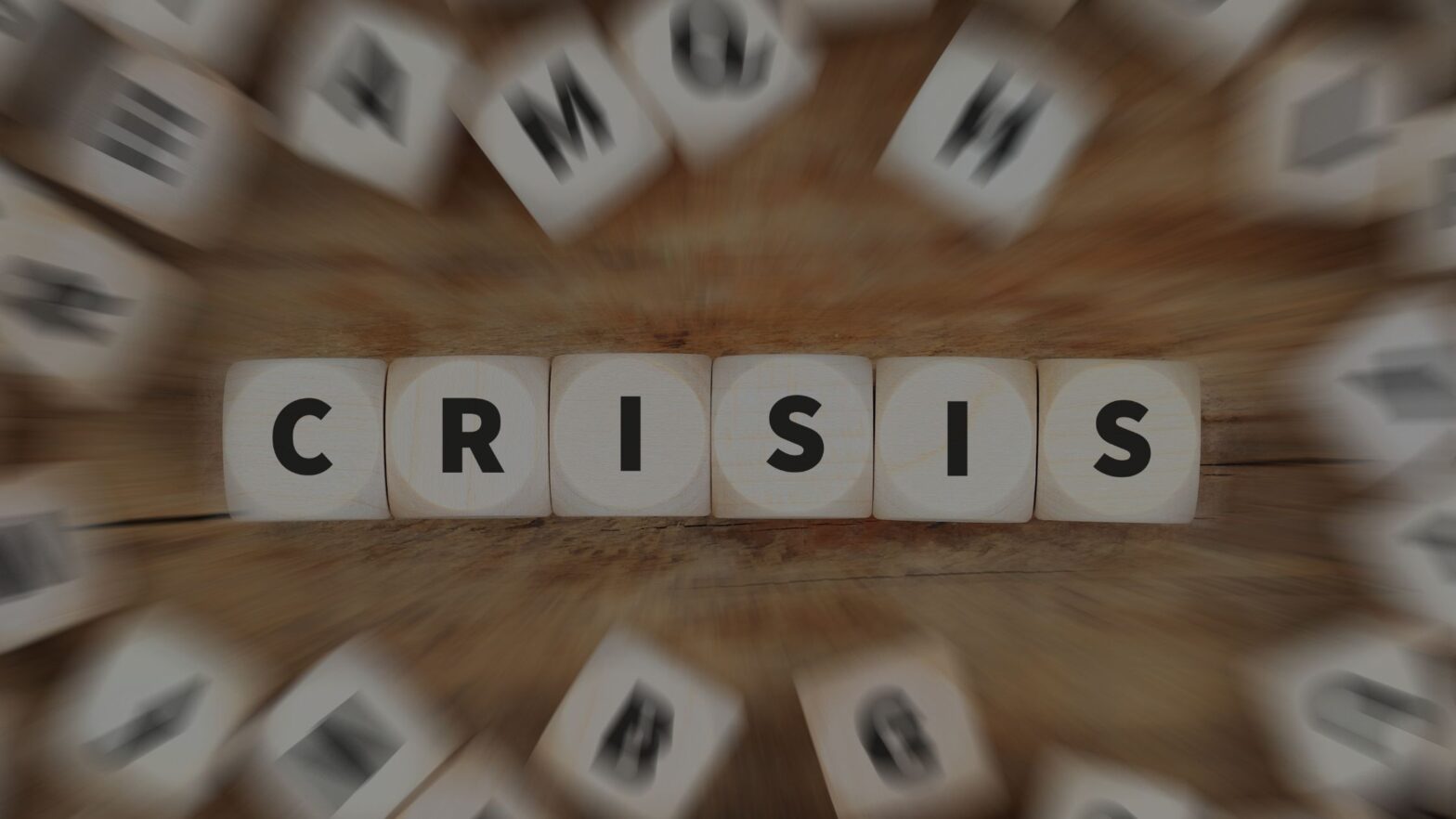How to handle a social media crisis
November 21, 2024

Prevention: Detect the Signs Before It’s Too Late
Social media crises are like sudden storms: they can appear out of nowhere and wreak havoc on your reputation if not handled properly. That’s why prevention is the essential first step. Continuous monitoring forms the foundation for detecting potential issues before they escalate. This should be supported by an active listening system that tracks mentions and keywords related to your brand. With this setup, you can identify early signs of a possible crisis, such as recurring negative comments or emerging disagreement trends, before they snowball into bigger problems.
Having an alert matrix is equally crucial. This tool allows you to classify the severity of situations—from minor signals that don’t require immediate action to open crises that demand swift responses. Don’t underestimate the value of watching your competitors as well. If a leading brand in your sector faces a crisis, analyzing how it started and how they responded can offer valuable lessons. Sometimes, learning from others’ mistakes is the most effective way to prepare yourself.

Reaction: Respond Quickly and With Empathy
Once a crisis is underway, a quick reaction is critical, but speed shouldn’t mean improvisation. This is where the “War Room” comes into play—a dedicated team tasked with diagnosing the situation, identifying affected areas, and devising a response strategy. Time is of the essence, but empathy matters even more. Today’s consumers expect brands to humanize their responses. Transparent messaging, taking responsibility when needed, and, if necessary, offering sincere apologies are vital.
A lack of empathy or a delayed response can turn a small complaint into a viral crisis that damages brand perception for an extended period. For instance, mishandled situations, such as Nike’s failure to address criticism over inappropriate use of cultural symbols, illustrate how unresolved issues can multiply and tarnish a brand’s image for years. When consumers see a brand failing to own its mistakes, trust erodes, and regaining it is no small task. Address issues promptly and sincerely to contain the damage before it spreads.
Recovery: Learn and Grow
A crisis doesn’t end with an apology or a logo change on social media. Documenting what happened, understanding what went wrong, and using that information to improve processes, policies, and future communications are critical. Next, take control of the narrative. Shift the conversation positively by focusing on solutions, innovations, or progress to rebuild trust. This is also the time to strengthen relationships with key stakeholders, as a well-managed crisis can turn current allies into brand advocates.
The Consumer’s Power and Its Impact on Crises
The digital landscape has dramatically transformed how consumers interact with brands. Today, 75% of consumers read online reviews before making a purchase, underscoring the importance of managing brand perception effectively. Furthermore, 79% trust recommendations from friends and family over brand messaging. This means that during a crisis, both official brand channels and consumer-generated content on forums and social media are equally relevant.
Consumers don’t just read reviews—they write them. This user-generated content can either enhance or harm your brand’s image, depending on how your company handles its interactions. A critical shift in this dynamic is the growing demand for authenticity. 54% of consumers trust reviews that include product photos, and 49% prefer those with videos, showing a clear preference for tangible and visual proof before making purchasing decisions.
Brands must adapt by creating a seamless omnichannel experience that integrates both digital and physical touchpoints. This approach not only boosts sales but also fosters consumer loyalty. If a crisis strikes, having this strong foundation can help your community respond with more understanding and empathy.
Final Tips
Handling a social media crisis isn’t just about responding quickly—it’s about doing so with transparency, empathy, and strategic planning. Every step, from prevention to recovery, is an opportunity to strengthen your reputation and turn a critical moment into a growth opportunity for your brand.
In this digital world, where consumer opinions and experiences are the currency, preparation and a customer-centric approach are more important than ever. To dive deeper into strengthening your brand’s resilience, explore topics such as building active listening systems, mastering corporate apologies, and organizing a rapid response team. Because in the digital age, preparation is everything.




